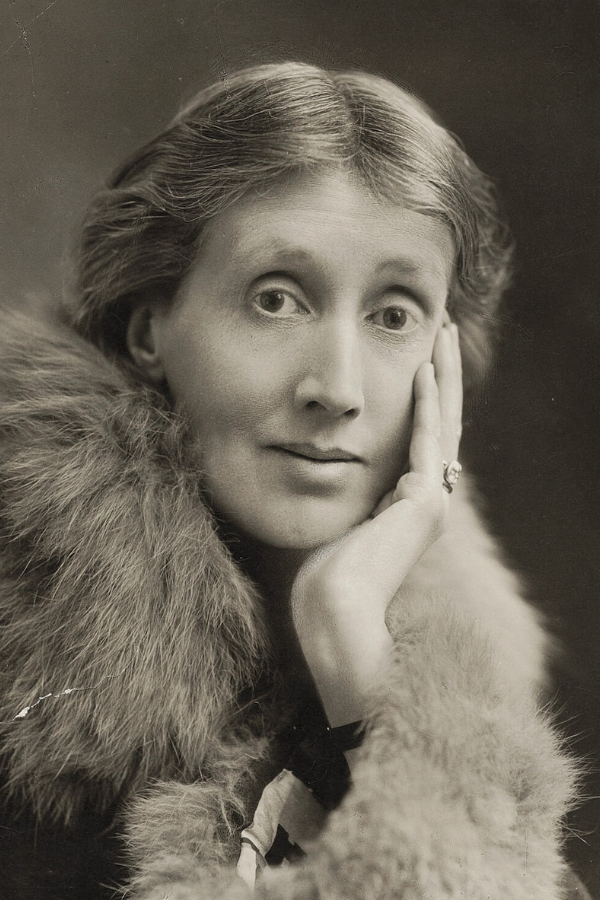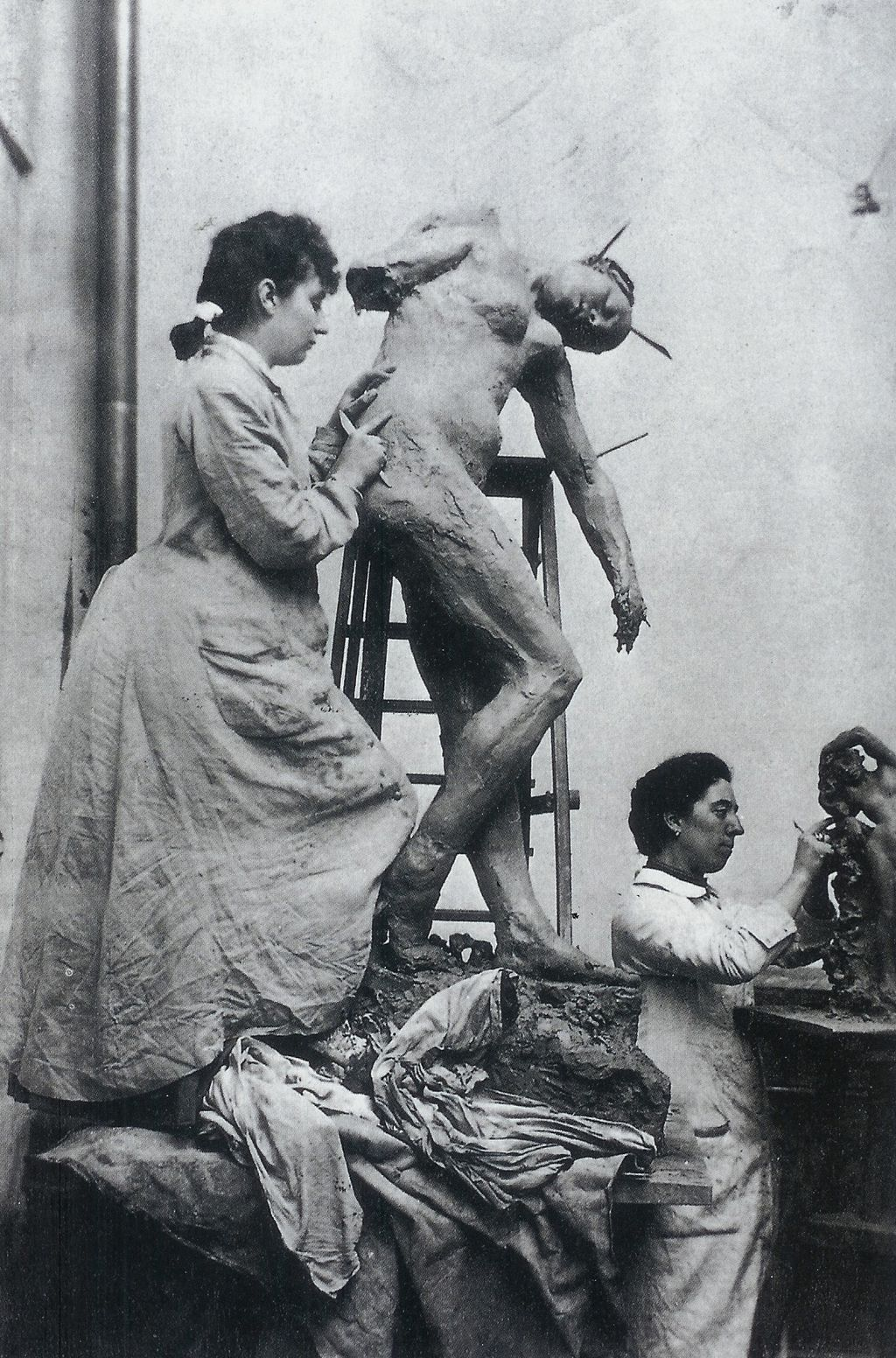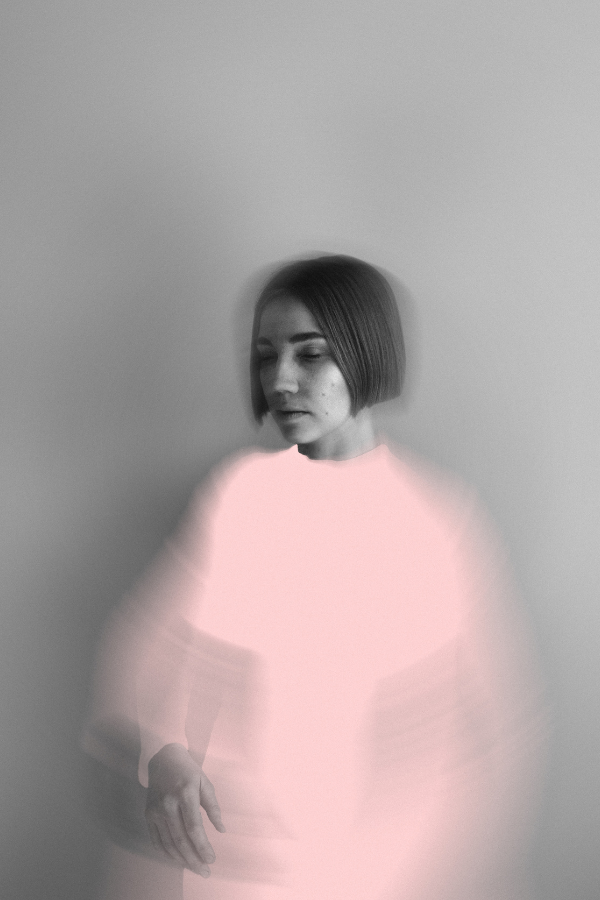

Anonymous Was a Woman: All About the Grants and Their Benefactors
Summary
Reflection Questions
Journal Prompt
The “Anonymous Was a Woman” grant program draws its name from a notable phrase in Virginia Woolf’s seminal work, “A Room of One’s Own.” This initiative is dedicated to supporting women artists over the age of 40, addressing the unique challenges they face in gaining recognition and continuing their artistic endeavors. We provide an overview of the grant, including its origins, structure, and the criteria for awarding it. Furthermore, we underscore the critical need to acknowledge and support women-identifying artists and writers, many of whom have historically been marginalized or overlooked in the arts and literary domains. Read on to learn more about these grants and their impact.
The Struggle for Recognition: Historical Perspective


Historically, the art and literary worlds have exhibited a pronounced bias against female artists and writers. This systemic prejudice, deeply rooted in societal norms and gender roles, manifested in various forms, from limited access to training and patronage to the marginalization of their work in critical discourse. Women in the arts often faced significant barriers in gaining recognition and legitimacy, with their contributions frequently undervalued or overshadowed by those of their male counterparts.
Numerous female artists and writers resorted to pseudonyms or remained uncredited to circumvent the gender biases of their times. This practice was not uncommon, as it offered a means to gain entry into the male-dominated literary and art worlds. Examples include the Brontë sisters, who initially published under male pseudonyms, and artists like Camille Claudel, whose work was often overshadowed by her male contemporaries and only later received independent acclaim.
The late recognition and reevaluation of contributions by female artists and writers mark a significant shift in the historical narrative. In recent decades, there has been a concerted effort by scholars, curators, and critics to uncover and celebrate the works of women who were previously overlooked or misattributed. This reevaluation not only restores their rightful place in art and literary history but also challenges and reshapes our understanding of the past, highlighting the need for a more inclusive and equitable approach to recognizing artistic and literary achievements.
History and Mission of the Grant
The “Anonymous Was a Woman” grant program was established in 1996, emerging as a response to the persistent underrepresentation and undervaluation of female artists in the art world. Its inception coincided with a growing recognition of gender disparities in artistic recognition and support, particularly for women artists past the age of 40. The program was founded to directly address these disparities, providing financial aid and public acknowledgment to a demographic often overlooked by mainstream art institutions and funding bodies.
The Anonymous Benefactor’s Motivations
The motivations of the anonymous benefactor behind this grant are rooted in a desire to rectify the historical imbalance in the recognition of female artists. By choosing anonymity, the benefactor symbolically aligns with the many women artists who have remained unnamed or unrecognized throughout history.
This act of concealment also serves to focus attention on the recipients and the broader issue of gender inequity in the arts, rather than on the benefactor’s identity. Even today, benefactors of the grant choose to remain anonymous.
Objectives and Goals of the Grant Program
The primary objective of the “Anonymous Was a Woman” grant is to provide financial empowerment and recognition to women artists over the age of 40, acknowledging their contributions and facilitating their continued artistic development.
The program aims to challenge and change the narrative around aging female artists, offering them a platform and resources to sustain their creative endeavors. By doing so, it seeks to foster a more inclusive and equitable arts community, where the contributions of women artists are celebrated and supported regardless of their age.
Impact and Significance
The “Anonymous Was a Woman” grant provides substantial financial assistance, typically ranging between $25,000 and $50,000. This monetary support is instrumental in affording recipients the freedom and resources to pursue their artistic projects without financial constraints.
Equally important is the moral support that comes with this recognition. The grant not only validates the artistic journey of its recipients but also serves as a public acknowledgment of their value and contribution to the arts, often at a critical juncture in their careers.
The Broader Impact on Gender Equity
The grant’s influence extends beyond the individual artists it supports, contributing to a broader movement toward gender equity in the arts. By spotlighting the achievements and challenges of women artists over 40, it challenges prevailing biases and ageism in the art world.
This initiative not only promotes a more inclusive understanding of artistic value and potential but also inspires other institutions and organizations to reevaluate and adjust their support structures, leading to a more equitable and diverse artistic landscape.
Environmental Arts Component
The “Anonymous Was a Woman” grant also encompasses a significant focus on environmental arts, highlighting the critical intersection of art, ecology, and sustainability. This aspect of the grant supports artists who engage with environmental themes, using their art to address issues such as climate change, conservation, and the human relationship with nature.
By electing to support environmental art projects led by women, the grant not only funds the artistic exploration of pressing global challenges but also elevates the role of art as a medium for environmental awareness and activism. Projects that explore indigenous and ancestral practices are also funded by the AWAW’s anonymous donors.
Public Engagement Component
Another key facet of the “Anonymous Was a Woman” grant is its emphasis on public engagement. The grant encourages and supports projects that are not just artistically innovative but also accessible and engaging to broader audiences.
This includes community-based projects, interactive installations, and works that encourage public participation or dialogue. Through this focus, the grant fosters a deeper connection between artists and communities, ensuring that art serves as a catalyst for social interaction, public discourse, and communal learning.
The Grant Process
The “Anonymous Was a Woman” grant operates through a meticulous process that ensures fairness and transparency. The primary criteria for selection include artistic excellence, demonstrated need, and the potential impact of the grant on the artist’s career.
Applicants must be women, over the age of 40, and at a critical juncture in their artistic journey. The selection criteria are designed to identify artists who not only exhibit a high level of artistic achievement but also stand to benefit significantly from the grant’s financial support.
Application and Review Process
The application process is invitation-only, with nominees being proposed by a diverse group of art professionals. This approach ensures a wide-ranging pool of candidates from various backgrounds and artistic disciplines.
Once nominated, candidates submit portfolios of their work along with statements of need and intent. AWAW accepts applications online. These submissions are then reviewed by a panel of art experts, who evaluate each applicant based on the established criteria.
Distribution of Funds and Follow-up with Recipients
Upon selection, the grant funds are distributed directly to the artists, providing them with the necessary resources to pursue their creative endeavors. The grant program also maintains engagement with its recipients, following up on their progress and achievements post-award.
This follow-up not only allows the program to gauge the grant’s impact but also fosters an ongoing relationship between the grantors and the artists, further supporting their artistic growth and visibility.
Final Thoughts on AWAW Grants


The impact of the AWAW Grant program extends far beyond financial assistance. It ensures the recognition and valorization of female artists, particularly those who have reached a critical stage in their careers. The grant embodies the ongoing relevance of Virginia Woolf’s statement, underscoring the persistent need for spaces where women artists can express and sustain their creative voices.
This initiative not only highlights the contributions of these artists but also calls for a broader cultural shift towards greater recognition and support of female artists and writers. It is a reminder of the collective responsibility to cultivate an inclusive and equitable artistic landscape, where diverse voices are not just heard but celebrated.
Learn more about the AWAW grants and their recent recipients here.








